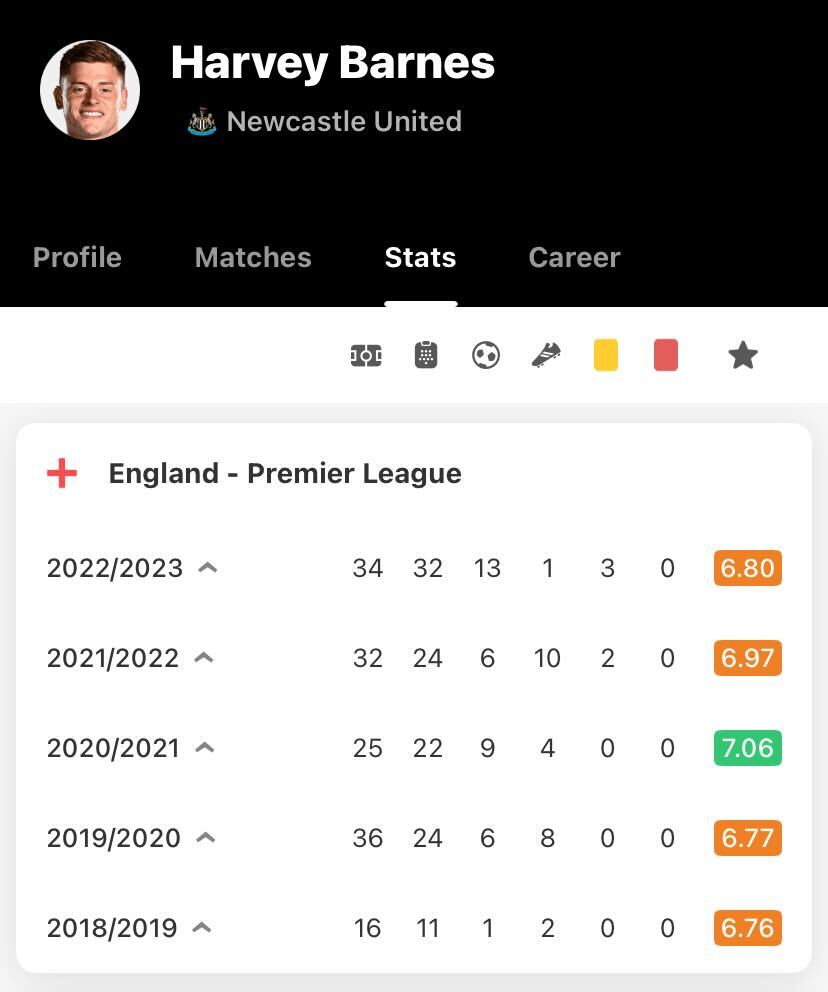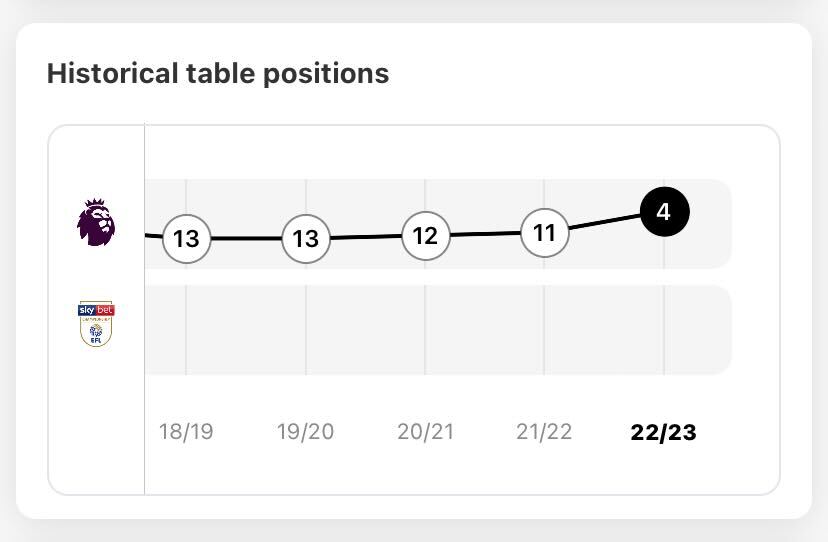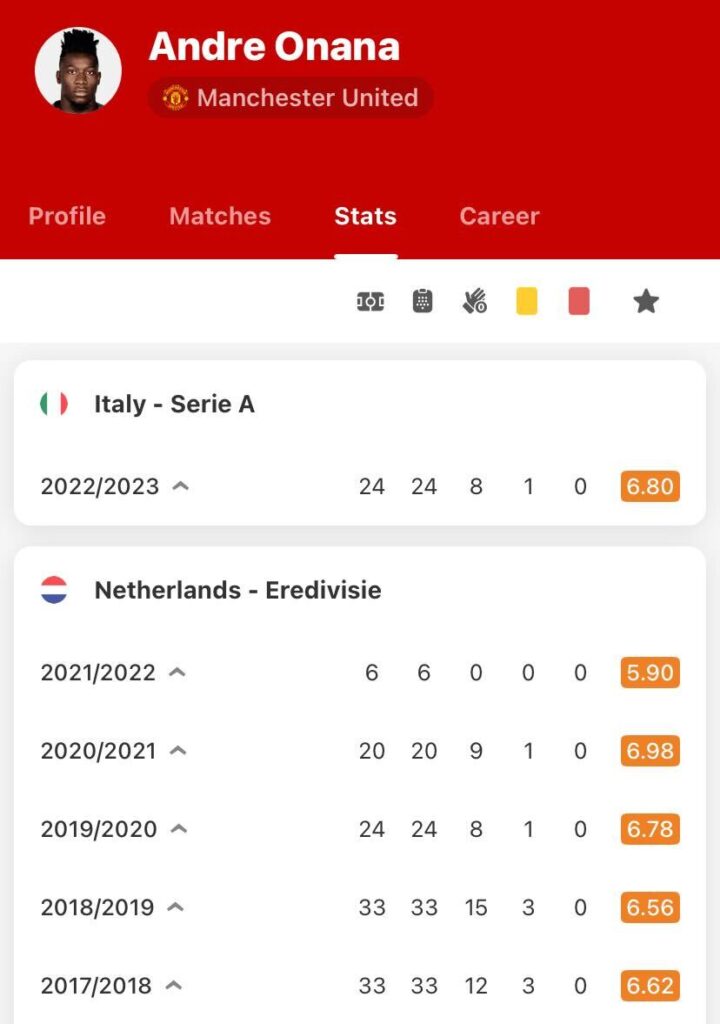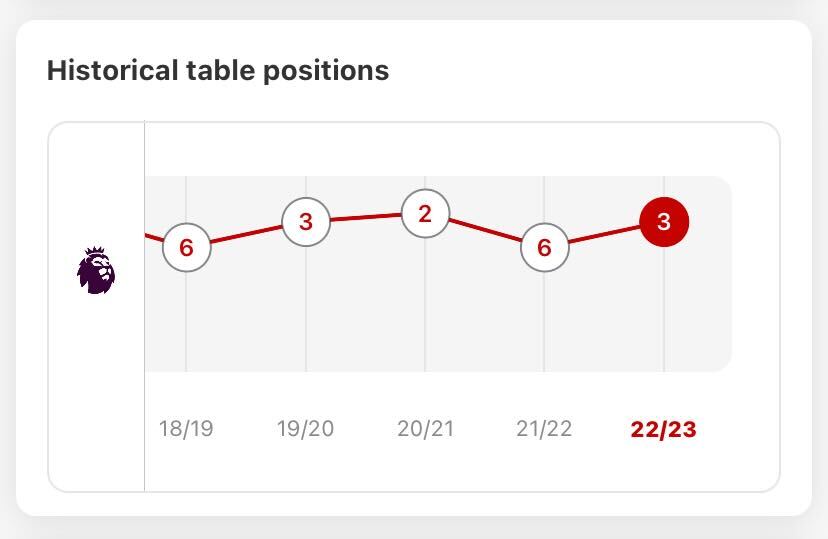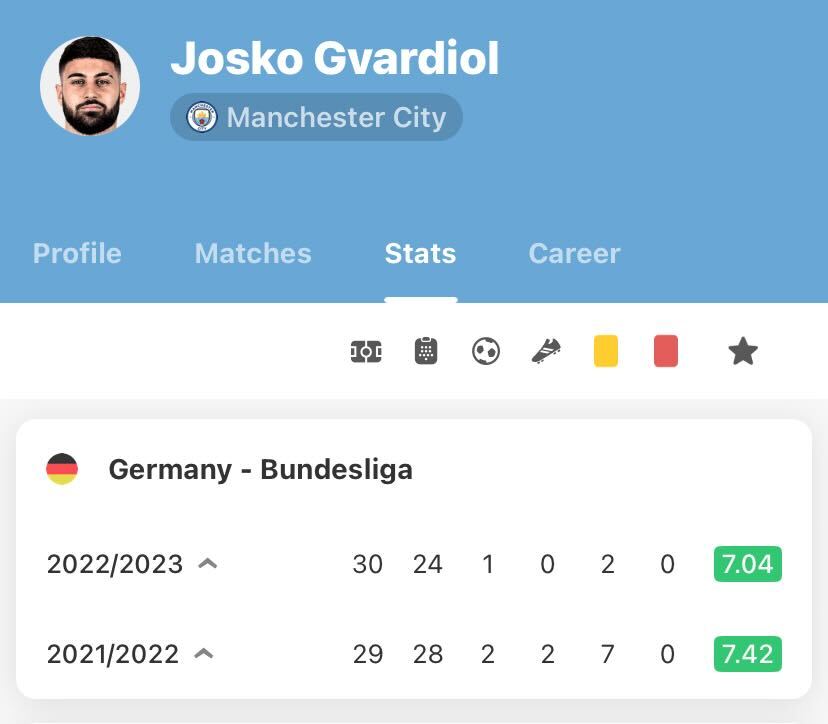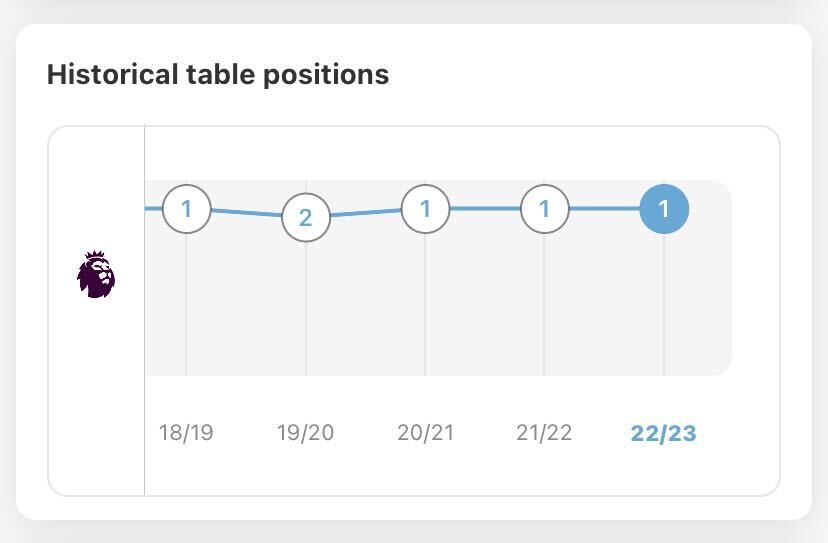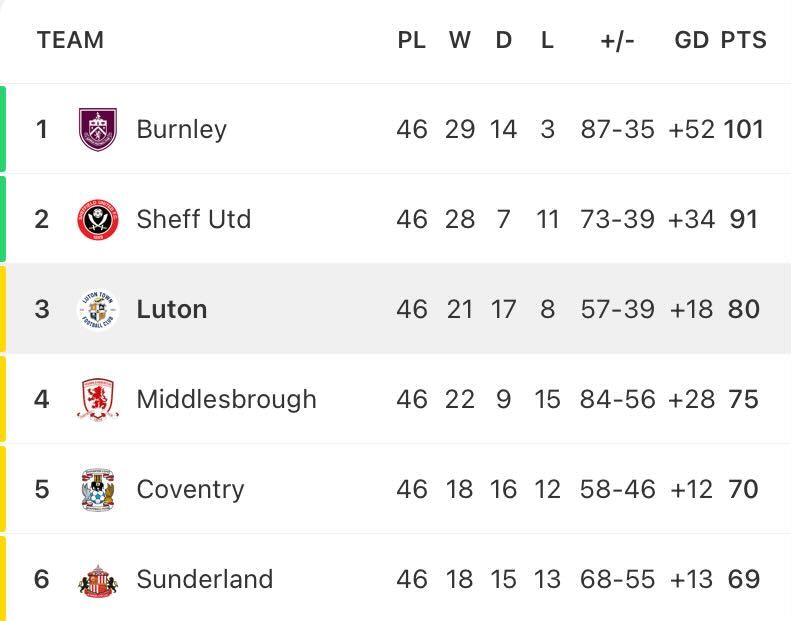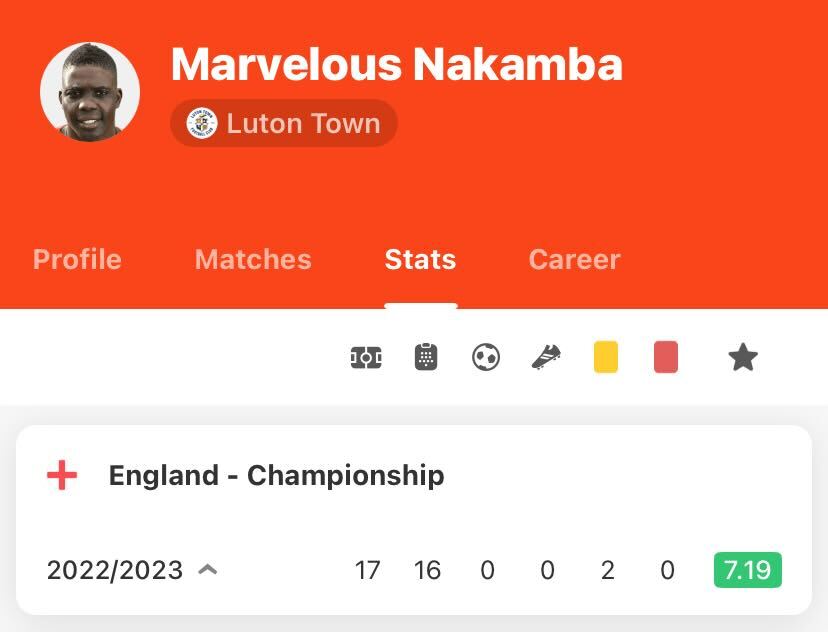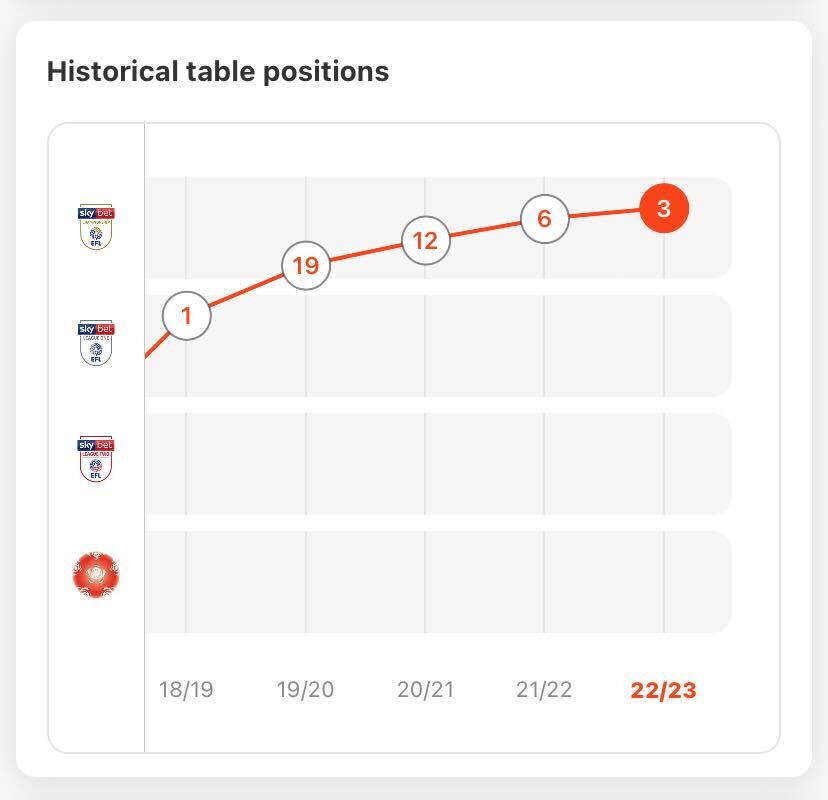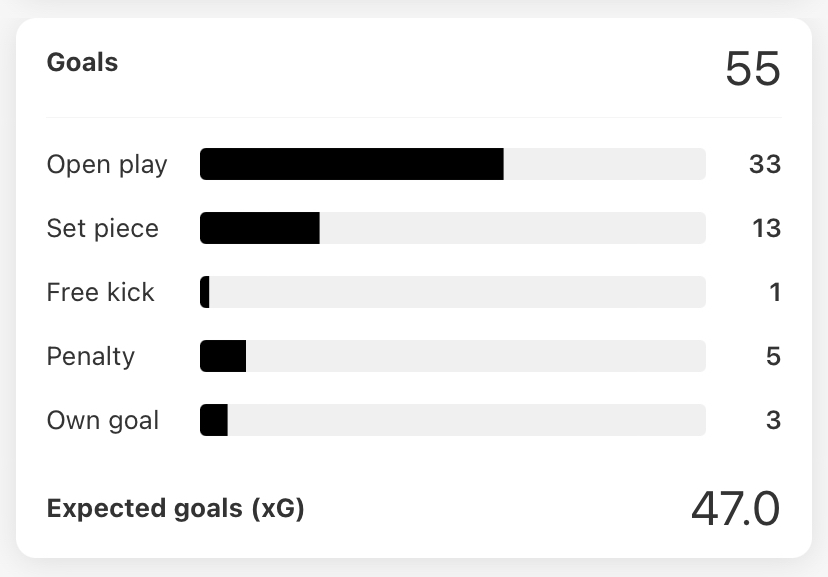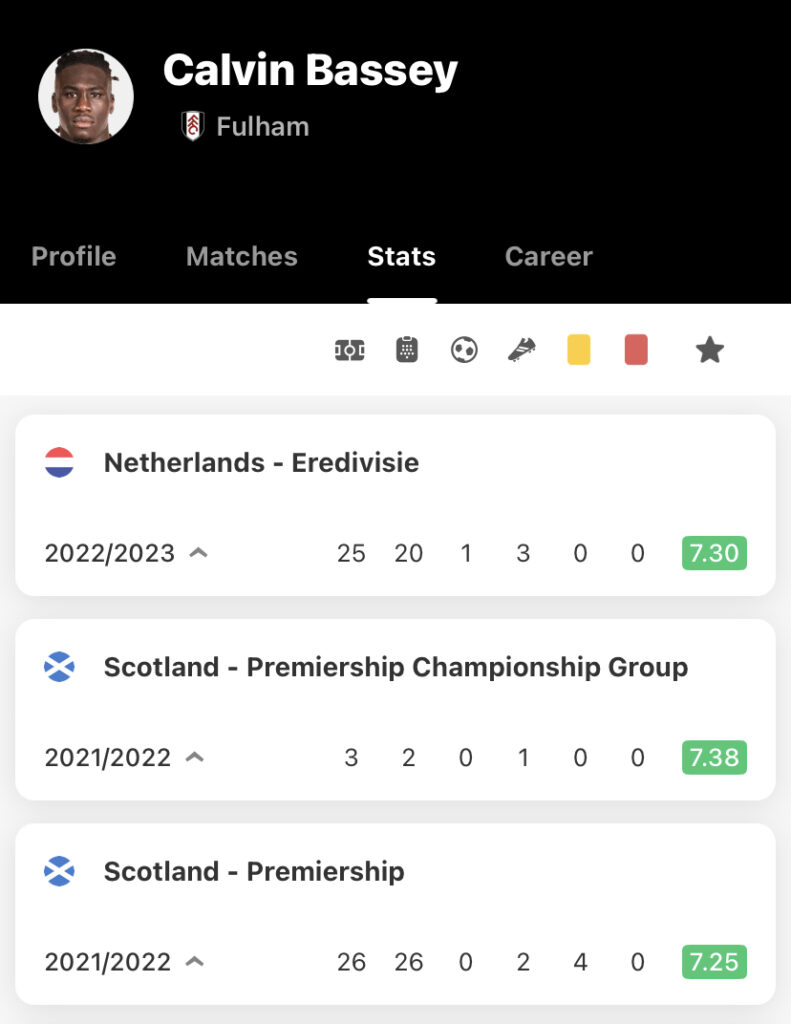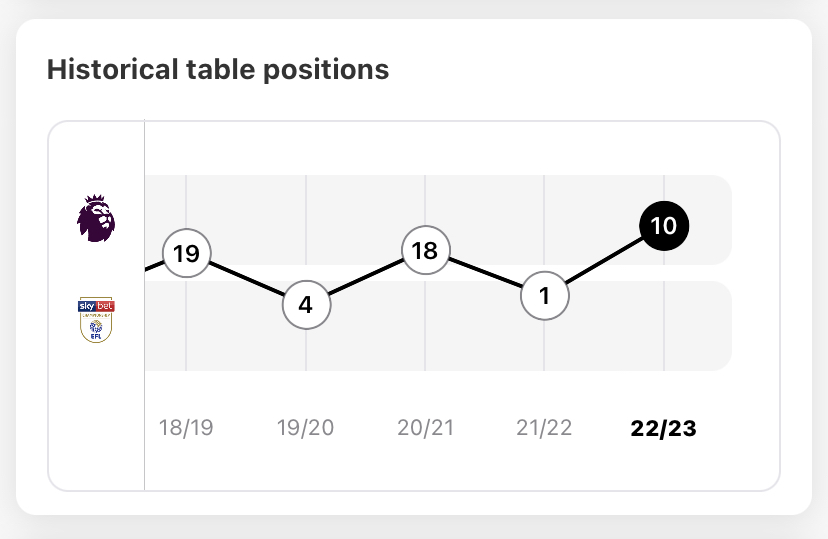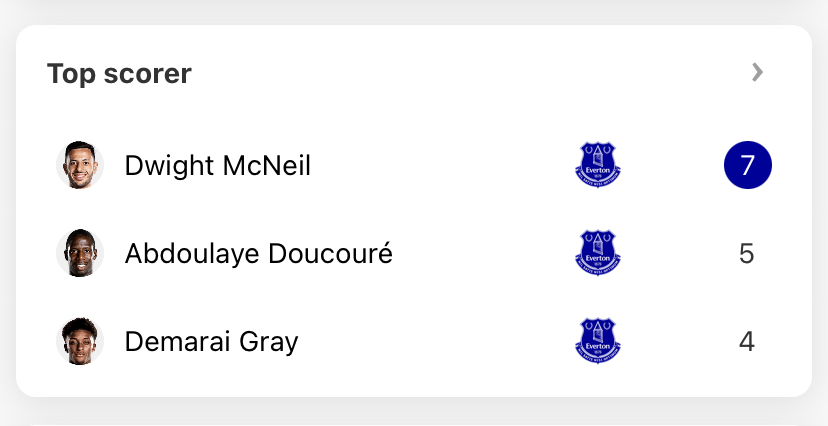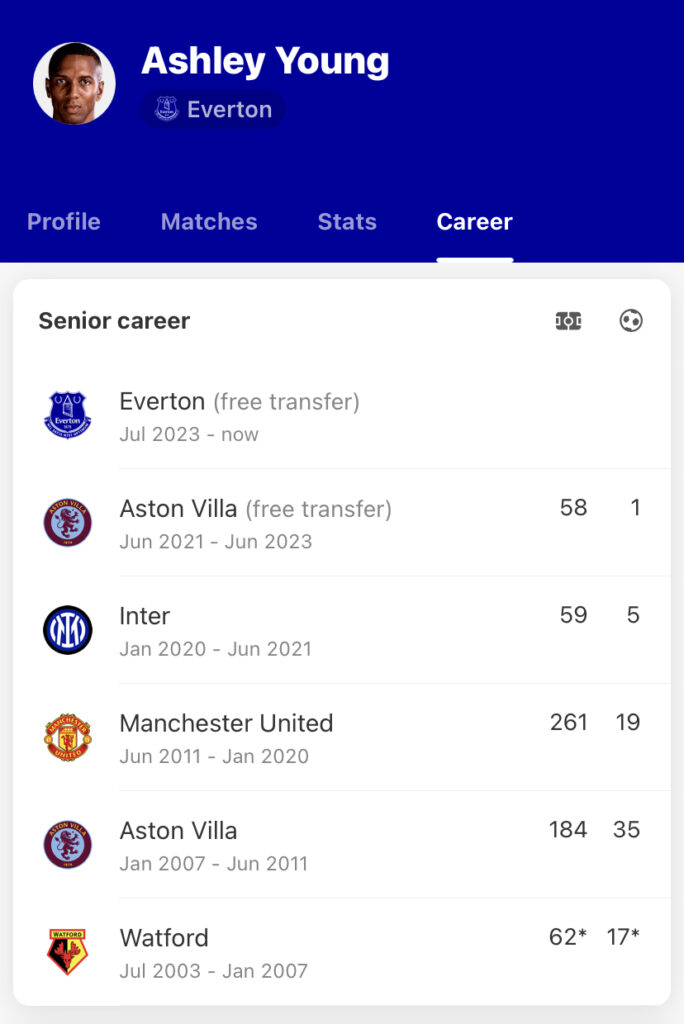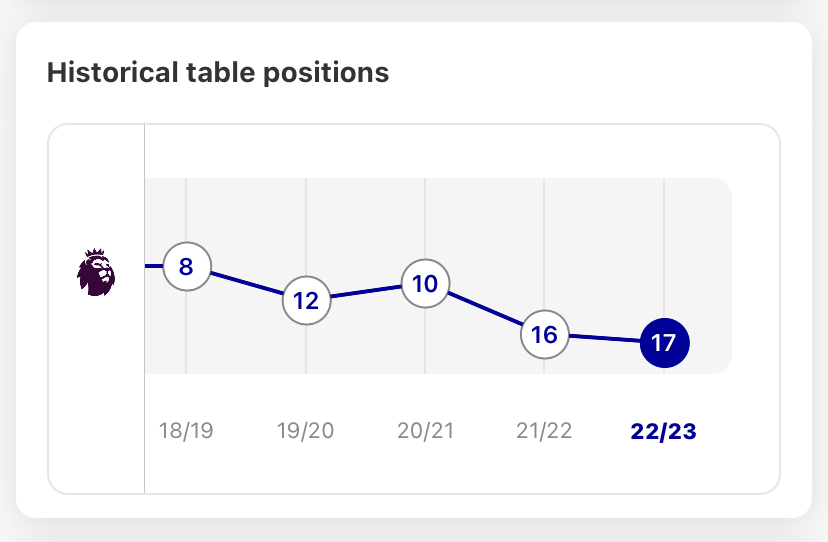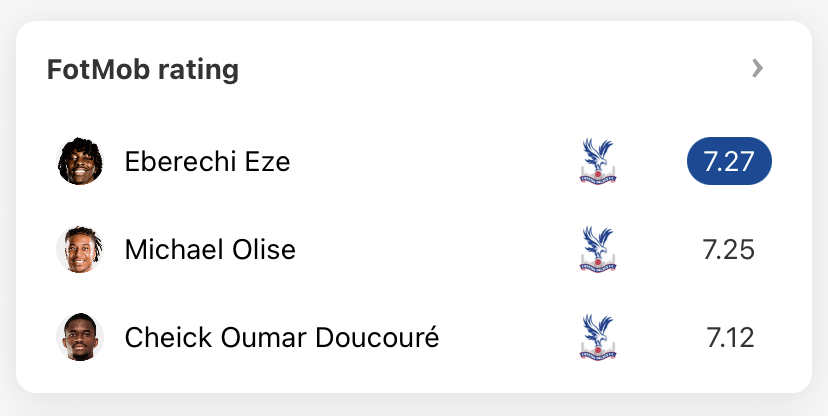The tournament that has been Lionel Messi’s introduction to American soccer reaches its final stages following three weeks of matches between teams from Major League Soccer and Mexico’s Liga MX.
This is the third edition of the Leagues Cup, but the first in such an expanded format involving all teams from both leagues in a World Cup, condensed Champions League-style tournament.
It has been no surprise to see Messi emerge as the star of the show, but there have been plenty of impressive performances so far.
Our Player Power rankings take a look at some of the best from the Round of 16.
By James Nalton, MLS expert
Denis Bouanga (Los Angeles FC)
MLS star and Los Angeles FC wide forward Bouanga was a late arrival to the Leagues Cup as his team, along with Mexican club Pachuca, were given a bye to the knockout rounds.
Bouanga has wasted no time in showing he, not Messi, could end up being the star player of this tournament.
In the two games LAFC has played, Bouanga has scored five goals.
He netted a hat-trick in the first knockout round as LAFC dismantled FC Juarez 7-1, and then went on to score twice in the Round of 16 against Real Salt Lake.
The 28-year-old Frenchman also registered an assist in both of those games, giving him seven goal contributions in total from two games (Messi has eight in four games).
We could well be on course for an LAFC versus Inter Miami, Bouanga versus Messi final.
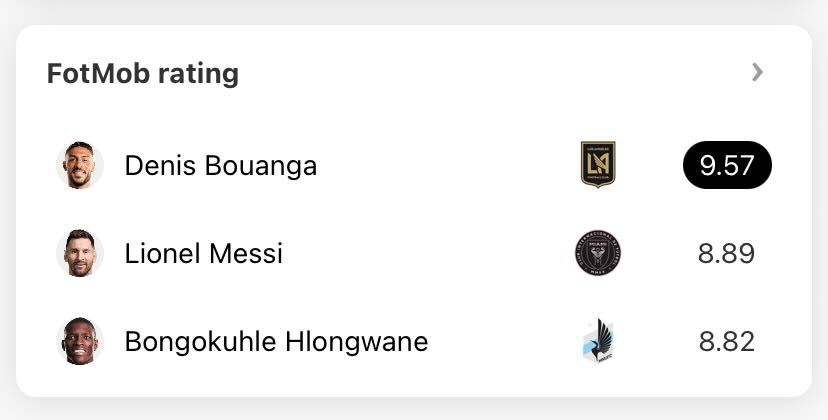
Mateusz Bogusz (Los Angeles FC)
The 21-year-old Poland youth international has played a number of positions for LAFC since his arrival from Leeds United earlier this year, but this game showed his most useful role might be in midfield.
Bogusz assisted two of the goals in LAFC’s 4-0 win against RSL, creating five chances in total.
The first was a long-range pass over the top of the defence to set Bouanga free, the second invited Filip Krastev to make it 4-0 to finish the game off.
His five shots on goal were a reminder of his attacking instincts, and he might be disappointed not to have ended the game with a goal to go with his assists.
The signing of Bogusz sees LAFC continue to recruit well, and it now has another player on its hands who can help the team in its quest to win trophies.
Given the number of options the club now has in the forward line, Bogusz could be set to thrive in this midfield role from now on.
Lionel Messi (Inter Miami)
It has been a dream start in MLS the Leagues Cup for Messi following his high-profile move to American soccer this summer.
It could not have been scripted any better as he came off the bench on his debut against Cruz Azul to score a free kick to win the game for Inter Miami in the 94th minute.
The story has continued in much the same vein as the club’s new captain has scored twice in each of his three games since that opener.
His two goals against FC Dallas in the Round of 16 this week were not enough to give his side the win within 90 minutes in a dramatic game that finished 4-4, but he did score another free kick that tied the scores and take it to penalties.
Miami scored all of theirs, with Messi stepping up to net the first, and the team with its new star remains on course to secure its first trophy.
Kai Wagner (Philadelphia Union)
Left-back remains a great source of creativity for Philadelphia Union, both in open play and from set pieces, thanks to Wagner.
In the Leagues Cup last 16 against New York Red Bulls, the German full-back sent in a number of dangerous corner kicks before one was eventually converted by Nathan Harriel.
Wagner finished the game having touched the ball 80 times, such is his involvement in the team’s attack, and having created six chances in total.
He remains the club’s biggest chance creator in the Leagues Cup, as he is in MLS.
Only Leonardo Suárez of Club América (14) and Jefferson Savarino of Real Salt Lake (14) have created more chances than Wagner’s 13 in the tournament so far.
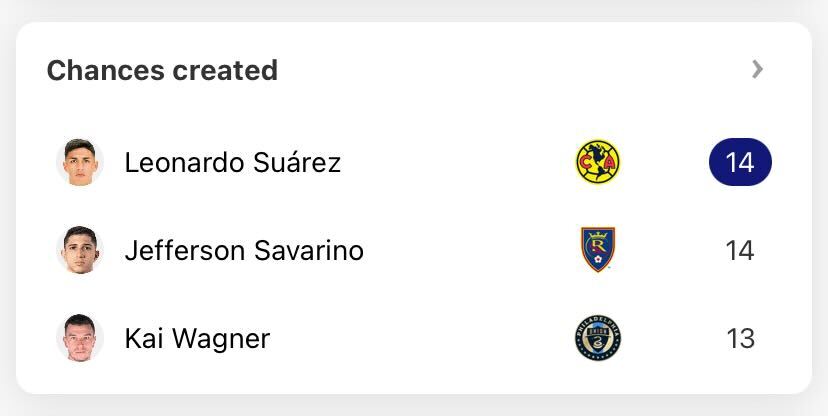
Bernard Kamungo (FC Dallas)
There are a number of Liga MX forwards who could have featured in the Player Power rankings for this round, including Sergio Canales and Julian Quinones, but the story of FC Dallas forward Kamungo cannot be ignored.
Kamungo and his family moved to Texas from a Tanzanian refugee camp in 2016, and he immediately impressed in high school football.
A trial with North Texas SC, the reserve team of FC Dallas, was enough to convince the club to sign him in 2021, and he went on to score 16 goals in 25 games in MLS Next Pro in 2022.
Promotion to the FC Dallas first team was the natural next step, and having worked his way into the side for MLS games as the 2023 season has progressed, Kamungo has gone on to star in the Leagues Cup with two goals and three assists in four games.
Only Messi’s brilliance prevented Kamungo’s side from progressing further, as he scored one of the goals in that 4-4 thriller.
(Cover image from IMAGO)
You can follow every match from the Leagues Cup live with FotMob — featuring deep stats coverage and player ratings. Download the free app here.



